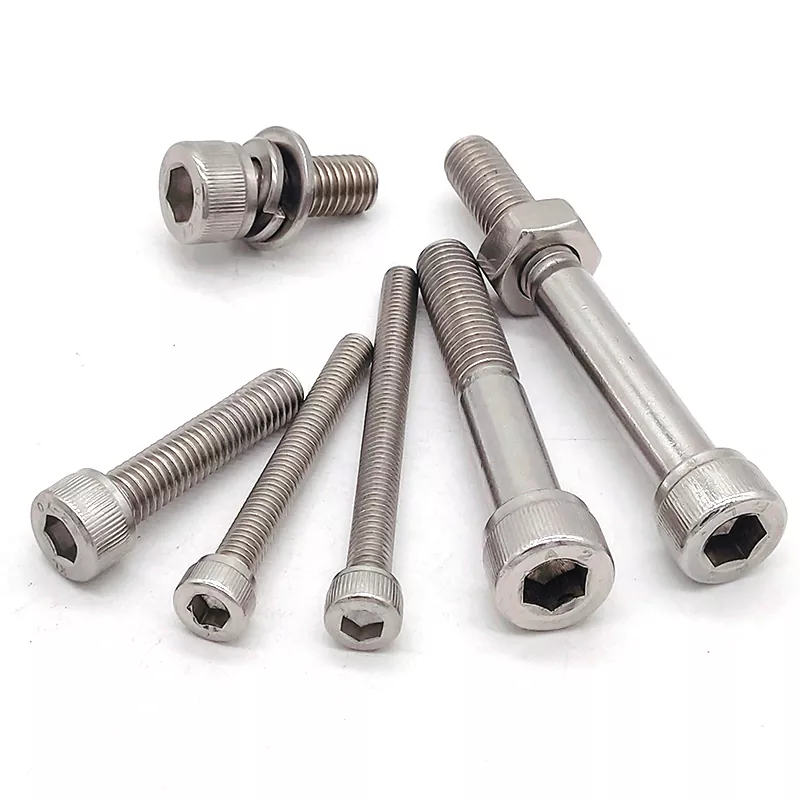What is the difference between a socket screw and a hex bolt?
2024-07-05
Socket screws and hex bolts differ significantly in design and application. Here are the main differences between them:
Head shape:
The head of a socket screw is usually recessed and designed to accommodate a hexagonal wrench or Allen wrench for tightening. This design helps provide greater torque when tightening while reducing the head's occupation of surrounding space.
The head of a hex bolt is a distinct hexagonal shape, which can be tightened directly with a wrench or socket. This design makes the hex bolt very effective when high-torque connections are required and easy to install and remove.
Use:
Due to its compact head design, socket screws are often used in applications that require smaller installation spaces or require high torque transmission, such as precision machinery, electronic equipment, and other fields.
Hex bolts are widely used in various mechanical connections due to their sturdy hexagonal head and wide applicability, especially in applications that require greater tension and shear forces.
Standardization and specifications:
Both socket screw and Hex bolt follow their own standardized specifications, which cover thread size, head size, material strength and other aspects. When choosing, you need to determine the appropriate specifications based on the specific application scenario and performance requirements.
In summary, there are significant differences between socket screw and Hex bolt in terms of head shape, purpose and standardized specifications. When choosing, you need to make a reasonable choice based on the specific application needs and performance requirements.




